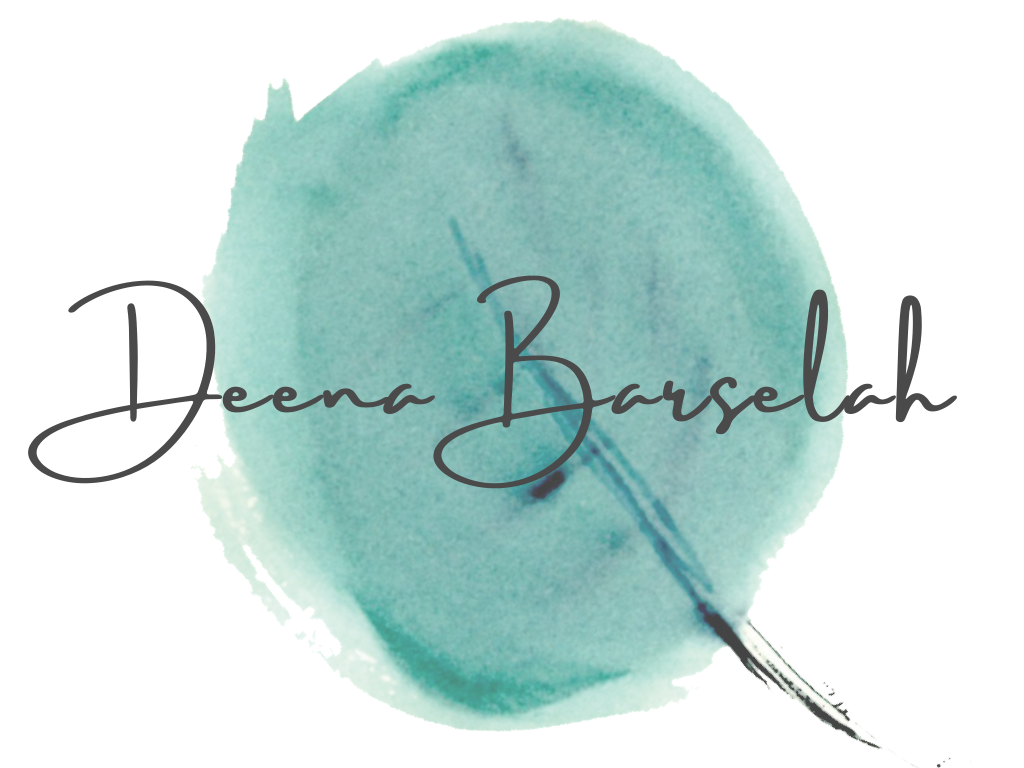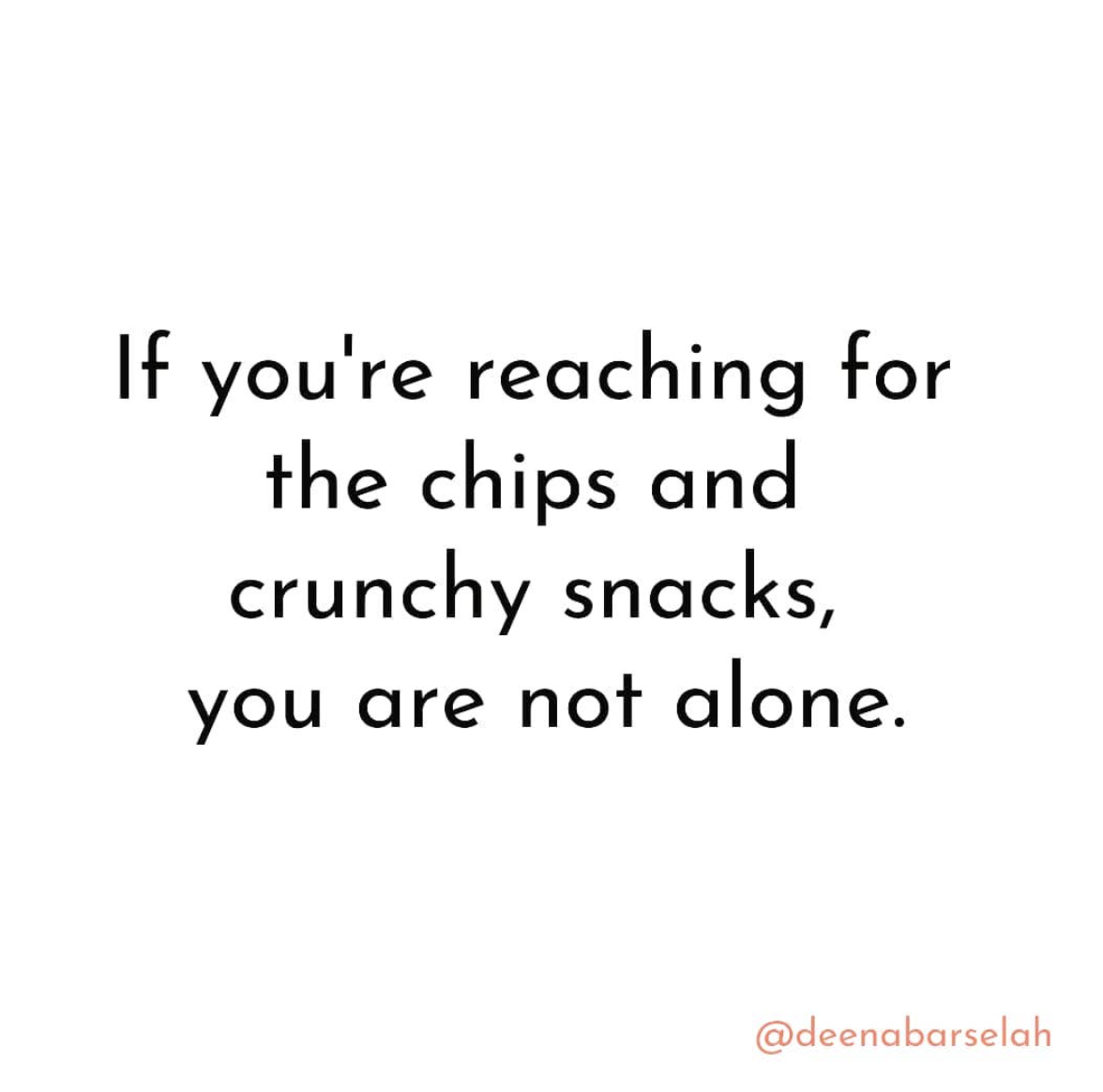There are certain foods that are my go-to when I’m bored. Or frustrated. Or angry. Or anxious. Or lonely.
I tend to not want to eat much when I’m sad. Strong waves of grief completely halt my appetite.
We all have food cravings, tendencies, patterns, whatever you want to call them. They are just part of our Food Story. What if we could strip away all the stigma and shame that comes along with food cravings? What if they were just other pieces of information from our bodies like feeling thirsty or cold?
These pieces of information need a little more decoding and that’s where you come in. It’s also one of the main reasons diets don’t typically work. A one-size-fits-all rule about what to eat (usually more about what not to eat) completely ignores why you want to eat that food.
Our culture tells us to ignore food cravings— that cravings are a sign of weakness and a lack of willpower. I call BS.
We all have them and it's time to acknowledge they are there. We are here to live life fully, to feel our feelings, work with them, and heal. It’s part of this gig! We all have our stuff and it’s time to take a look at it and understand it rather than stuff it down.
As adults, we need to understand why we should or should not do something. “Because I told you so” doesn’t work for most adults (spoiler: it not beneficial for kids either and will continue to disempower them, but that’s a blog post for another time). We need to know WHY so that we can problem-solve, come up with a Plan B, change course, and know what to do next time we encounter this issue.
So how do you figure out why you crave and finish an entire bag of chips?
You observe.
You observe your thoughts, your body signals, your emotional state, what happened right before that craving hit, your behavior, your struggles. You observe all of it without any judgment. You’re not even drawing conclusions yet— just taking it in with genuine curiosity. “Oh! That’s interesting!”
And next time you do the same thing. And again. And again. With grace and kindness.
Soon, you’ll notice the patterns.
You’ll see that when you’re bored or trying hard to stay awake, for example, you go for the chips. Why? Because they give you something to do. Crunching down on the chips gives your jaw work. Chips have a lot of texture, flavor, salt, fat, etc— there’s a lot going on there and they keep it interesting for your mouth, your brain, and your teeth.
As you start to notice and, then, understand your patterns, the clarity feels so empowering. Now you see that it’s not a lack of willpower or some unknown force leading you to that food again! It’s a message from your body about something that needs attention and nourishment.
And then you can change course and find ways (possibly including the chips!) to support you next time.
It’s your process and your unique experience and no diet will answer this one for you, but the path is not hard. It just takes some listening. And honoring that you gave a unique story of how you got to today. This is the work we do in 1:1 and group coaching and it’s the path to Food Freedom.

